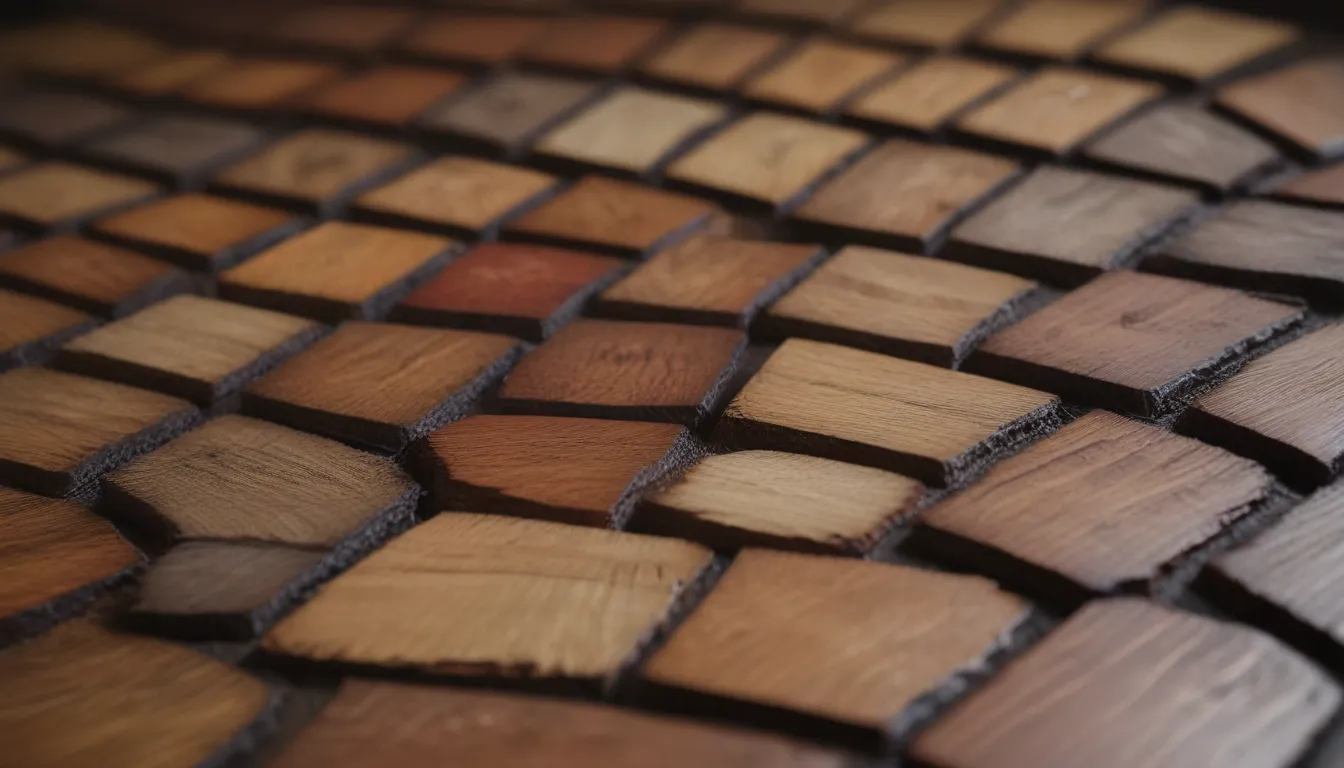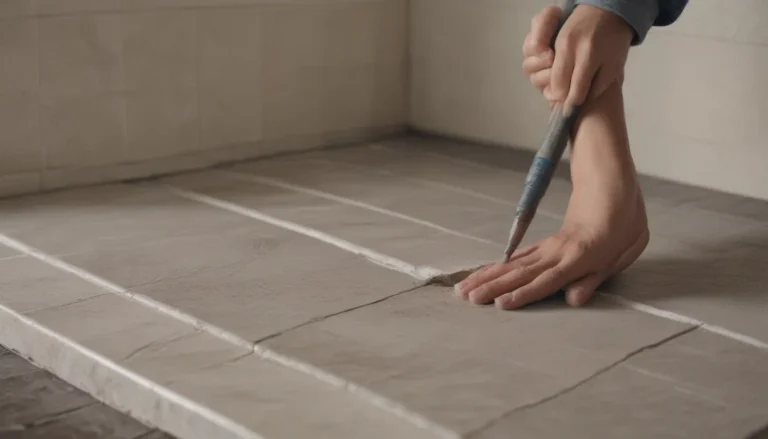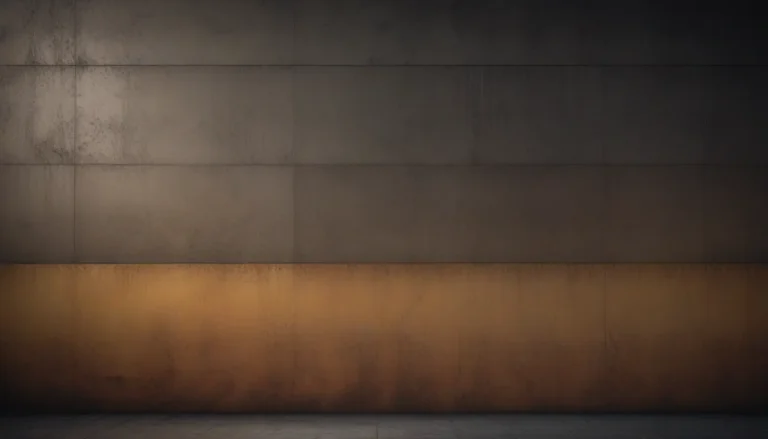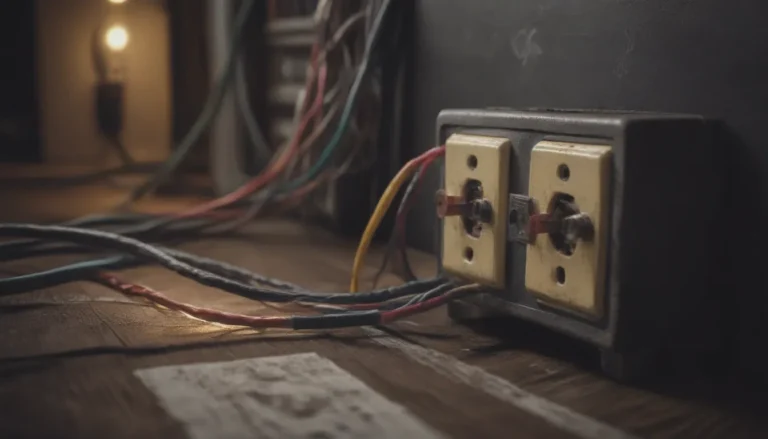Exploring the World of Varnish: A Comprehensive Guide to Varnish Coatings for Wood

If you’re a woodworking enthusiast or a DIY enthusiast who loves working with wood, you’ve probably heard of varnish. But do you know what varnish really is, and how it compares to polyurethane and other wood coatings? In this article, we’ll delve into the intricate world of varnish, exploring its types, benefits, drawbacks, and how to use it effectively on your woodworking projects.
Understanding Varnish vs. Polyurethane: What Sets Them Apart?
Varnish and polyurethane are often used interchangeably, but they have distinct differences that can affect the outcome of your woodworking projects. Here are some key points to consider when comparing varnish to polyurethane:
Varnish:
– Started as a mixture of natural ingredients
– Trickier to apply
– Contains more solids
– Bubbles more during application
– Provides a more flexible finish
– Requires a very long drying time between coats
– Thin and requires more coats
– Mostly oil-based
Polyurethane:
– Synthetic alternative to varnish
– Easier to apply
– Contains fewer solids
– Bubbles less during application
– Provides a more rigid finish
– Relatively short drying times
– Thick and requires fewer coats
– Available in water or oil-based formulas
Types of Varnish: Exploring the Variety
Varnish has evolved over the years, resulting in a wide range of types to suit different applications and preferences. Here are some common types of varnish, each with its unique characteristics:
1. Spar Varnish
Spar varnish, also known as yacht varnish, is traditionally used to protect wooden ship parts. Modern spar varnishes offer improved durability and UV resistance.
2. Exterior Varnish
An updated version of spar varnish, exterior varnish is designed to withstand outdoor elements while providing a flexible and durable finish.
3. Alkyd Varnish
Alkyd varnish contains alkyd resins derived from vegetable oil, offering UV protection, quick drying, and a clear finish suitable for both indoor and outdoor use.
4. Bituminous Varnish
Used for coating ironwork to protect against corrosion, bituminous varnish substitutes resins with bitumen, a petroleum-based hydrocarbon.
5. Acrylic Varnish
Water-based and transparent, acrylic varnish is often used as a protective coating for paintings due to its ease of application and anti-yellowing properties.
6. Oil Varnish
A mixture of resin and drying oil, oil varnish penetrates wood deeply and hardens over time, providing a durable finish.
7. Spirit Varnish
Consisting of resin and a solvent, spirit varnish dries quickly and can be polished easily, though it may not be as durable as oil varnish.
Each type of varnish has its unique characteristics, making it essential to choose the right one based on your project’s specific requirements.
Drawbacks of Varnish: What to Watch Out For
While varnish provides a beautiful finish to wood surfaces, it’s essential to be aware of its drawbacks, including:
- Time-consuming application process
- Chemical odors and fumes
- Potential health risks if not used in a well-ventilated area
- Limited durability in some varnish types
By understanding these drawbacks, you can take necessary precautions to ensure a safe and effective varnishing process.
How to Use Varnish: A Step-by-Step Guide
If you’re new to varnishing wood surfaces, here’s a simple guide to help you achieve a professional finish using alkyd varnish:
Step 1: Prep Wood Surface and Work Area
- Clean the wood surface and ensure a well-ventilated workspace.
- Use tack cloth and compressed air to remove dust effectively.
Step 2: Thin the Varnish
- Consult manufacturer’s guidelines for proper thinning methods.
- Avoid using mineral spirits as a thinner without proper instructions.
Step 3: Apply Varnish
- Use a brush or roller to apply varnish evenly.
- Follow manufacturer’s recommendations for drying times and coats.
Step 4: Sand Varnish
- Wait for the varnish to dry before sanding with 220-grit sandpaper.
- Remove all dust particles before applying the second coat.
Step 5: Apply Second Coat of Varnish
- Apply a second coat of varnish following the same process for a smooth finish.
By following these steps and best practices, you can achieve a professional varnish finish on your woodworking projects.
How to Care for Varnished Wood: Tips for Maintenance
Once you’ve varnished a wood surface, proper maintenance is key to preserving its beauty and durability. Here are some tips for caring for varnished wood:
- Wipe the surface with a dry, soft cloth to remove dust regularly.
- Use a lightly damp cloth for stubborn residue, followed by a dry cloth.
- Apply a furniture polish safe for varnish to enhance shine and protection.
By incorporating these care tips into your routine, you can keep your varnished wood surfaces looking their best for years to come.
When to Replace Varnish: Signs to Look For
Over time, varnish may wear down or become damaged, requiring replacement. Here are some signs that indicate it’s time to strip and replace the varnish:
- Peeling or cracking of the varnish layer
- Faded or discolored appearance
- Loss of shine and protection
Instead of applying new varnish over old varnish, consider stripping the surface and applying a fresh coat for a long-lasting finish.
In conclusion, varnish is a versatile and effective wood coating that enhances the beauty and durability of wooden surfaces. By understanding the various types of varnish, its application process, maintenance tips, and signs of replacement, you can make informed decisions for your woodworking projects. Remember to prioritize safety, proper ventilation, and adherence to manufacturer’s guidelines for the best results. Happy varnishing!





